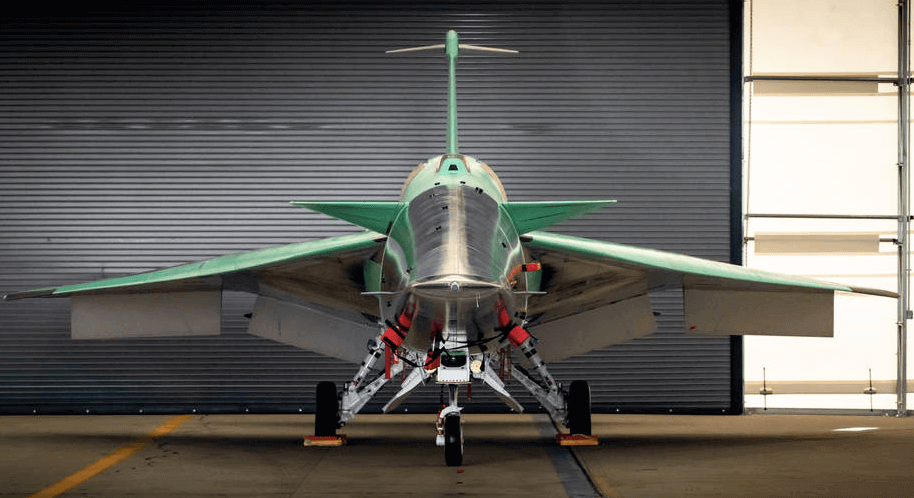Ground tests on Lockheed Martin's QueSST X-59 demonstrator have revealed problems with the flight controls. Despite this, NASA still intends to fly its supersonic for the first time before the end of this year.
Problematic flight controls
Problems with the flight controls. That's how the situation could be summed up. During a fully loaded ground test, the QueSST or silent supersonic flight demonstrator fell victim to structural coupling in the flight control chain, more specifically in the interaction between the aircraft's flexible structures, aerodynamic forces and advanced flight control systems. In July of this year, the aircraft test team moved the X-59 to the airstrip, with the aim of beginning ground tests prior to the first flight. These included a number of tests aimed directly at the aircraft's control surfaces to determine the extent of movement, and structural vibration tests. Engineers used accelerometers to measure vibrations, gathering data useful for verifying and improving models.
Computers at the origin
These were followed by structural coupling tests, during which the team identified the flight control problem, believed to originate in the flight control computers. This problem is further complicated by the fact that the flight control system, which is a CDVE, has parts and components from several different suppliers, taken from existing stocks when they haven't been on the shelf. For example, a number of batches of parts come from F-16s and F/A-18s, just as the Grumman X-29 was built at the time. In itself, the X-59's CDVEs are probably unique.
First flight still on hold for this year
Powered by a GE Aviation F414-GE-100 turbojet engine with 98 kN thrust, the X-59 was designed to rreduce the noise generated by the sonic boom as it passes the sound barrier to the equivalent of a car door slam. While the program has already fallen behind schedule, with NASA originally planning to fly the aircraft in 2021, despite this new flight control problem, NASA says it is sticking to the existing plan for the very first flight of the X-59 this year.
Découvrez cet article sur Air&Cosmos

